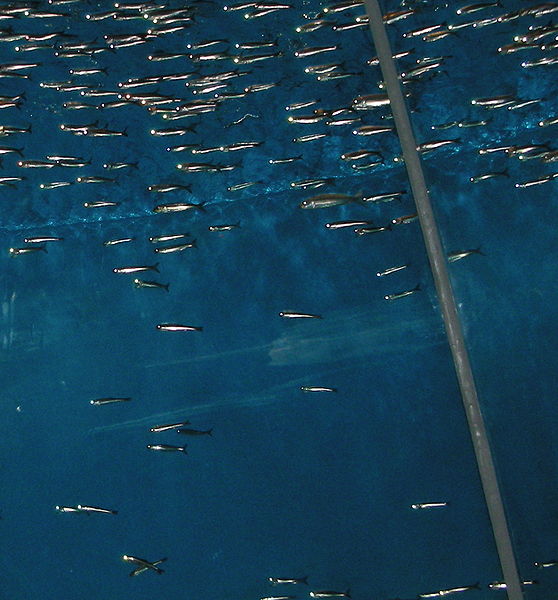Nutrition
 Hapalochlaena
lunulata is a carnivorous animal, just like an
snow leopard! The greater blue-ringed octopus
is a hunter. One unique way that they go about capturing
their prey is they will wiggle one of their arms in the same
fashion that a worm does to draw in their next meal.
Octopuses possess a beak that allows them to crack through the
shells of the small crabs and fish that they might find.
The greater blue-ringed octopus will realistically consume
anything that it has the ability to overpower.
Hapalochlaena
lunulata is a carnivorous animal, just like an
snow leopard! The greater blue-ringed octopus
is a hunter. One unique way that they go about capturing
their prey is they will wiggle one of their arms in the same
fashion that a worm does to draw in their next meal.
Octopuses possess a beak that allows them to crack through the
shells of the small crabs and fish that they might find.
The greater blue-ringed octopus will realistically consume
anything that it has the ability to overpower.
Once again, we see its tetrodotoxin being utilized in its daily life. Upon capturing a meal, the greater blue-ringed octopus will bite its prey to inject its toxin which at the very least will paralyze its prey. As one could assume after reading the toxin page, the octopus bites its prey because the posterior salivary gland is the location of the most concentrated and therefore most lethal dose of tetrodotoxin.
Continue to Reproduction